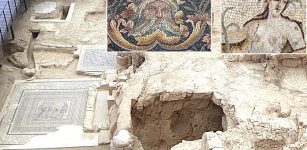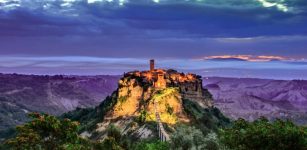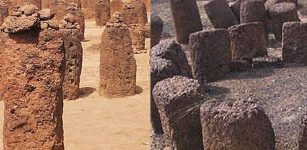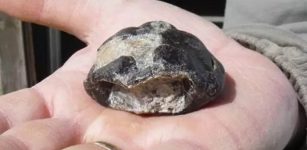Hidden Structure Detected In Monte Albán, Ancient Metropolis Of Mexican Zapotec Culture
Conny Waters – MessageToEagle.com – Not all treasures of Mexico can be found on the surface of this very old country, rich in culture, traditions, and history that spans more than three millennia.
There is much in Mexico under its soil. Not long ago, a tomb of a high-ranking individual from Zapotec society was unearthed in the archaeological zone of Atzompa, in Oaxaca. The tomb is believed to be 1,100 years old.
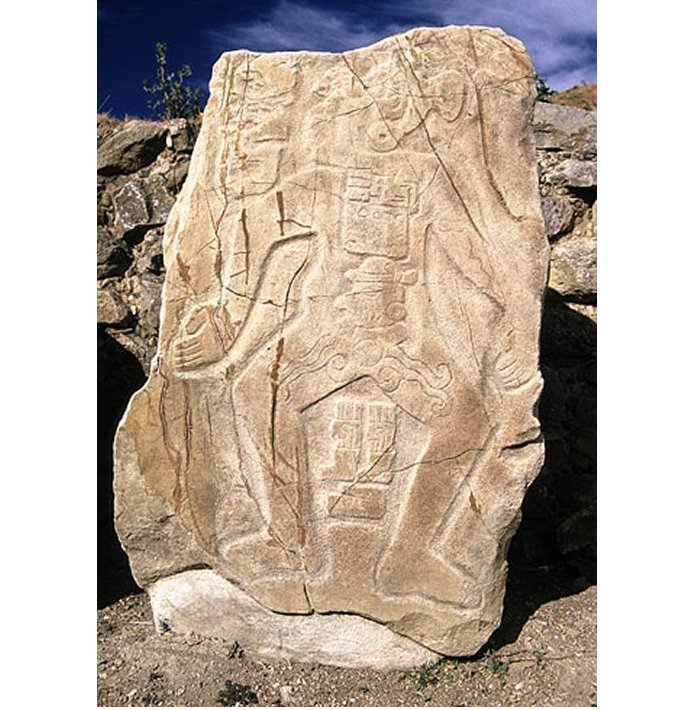 Enigmatic stone carving at Monte Alban.
Enigmatic stone carving at Monte Alban.
Now, using several advanced techniques, a team of archaeologists from the University of Oklahoma (UO) has detected an ancient, hidden square structure about 18 square meters in area, with stone walls more than one meter thick.
The dimensions of this structure make it very similar to the stone temples excavated at the site in the 1930s by Mexican archaeologists
Archaeological excavations have long focused on different structures surrounding the Main Plaza of Monte Albán but for the first time, the UO team investigate the plaza itself.
This ancient building is buried approximately a foot below the surface in Monte Albán, once the great metropolis of Mexican Zapotecs, a very advanced culture that ruled in the region for more than 1000 years and is considered one of the most important human groups in Mesoamerica.
Today Monte Albán is the pre-Columbian archeological site in the Mexican state of Oaxaca.
Established in 500 BC, Monte Albán became a powerful capital of the region, famous for its carved in stone monuments, impressive buildings, a written language, and highly developed artistic style.
The newly discovered structure is still full of secrets, but one day, we’ll know much more about t.
“They were used for religious practices, including burning incense, placing offerings and sacred rituals,” Marc Levine, professor of anthropology at UO, said in a statement.
He also added that the discovery of the structure will no doubt change our understanding of the history of the Main Plaza of Monte Albán, where “everything is so deeply symbolic,” and how it was organized and used.
Monte Albán (in Spanish: White Mountain) was the first capital of the Zapotecs, the ‘city of temples’ – the second-largest ceremonial center in Mexico after Teotihuacan.
Researchers continue to analyze the data obtained from this new structure to see if they can detect other features such as stairways, columns, tunnels, or even, the presence of offerings associated.
“If we look at the National Esplanade in Washington, DC, we can appreciate that each monument and each building built on that great walk has a special meaning, and that the location of each one was carefully thought, planned and oriented in a particular way. The same is true for Monte Albán,” the researcher said.
In Mesoamerica, the buildings of the old urban centers are frequently oriented towards significant elements of the landscape or the sky.
In Monte Albán, most of the structures are aligned in relation to the cardinal directions, although with some minor variations. The team has to take a closer look at the recently discovered structure to see if it diverges from this orientation, which could imply a different kind of symbolism early in the metropolis’ history.
Written by Conny Waters – MessageToEagle.com – AncientPages.com Staff Writer




